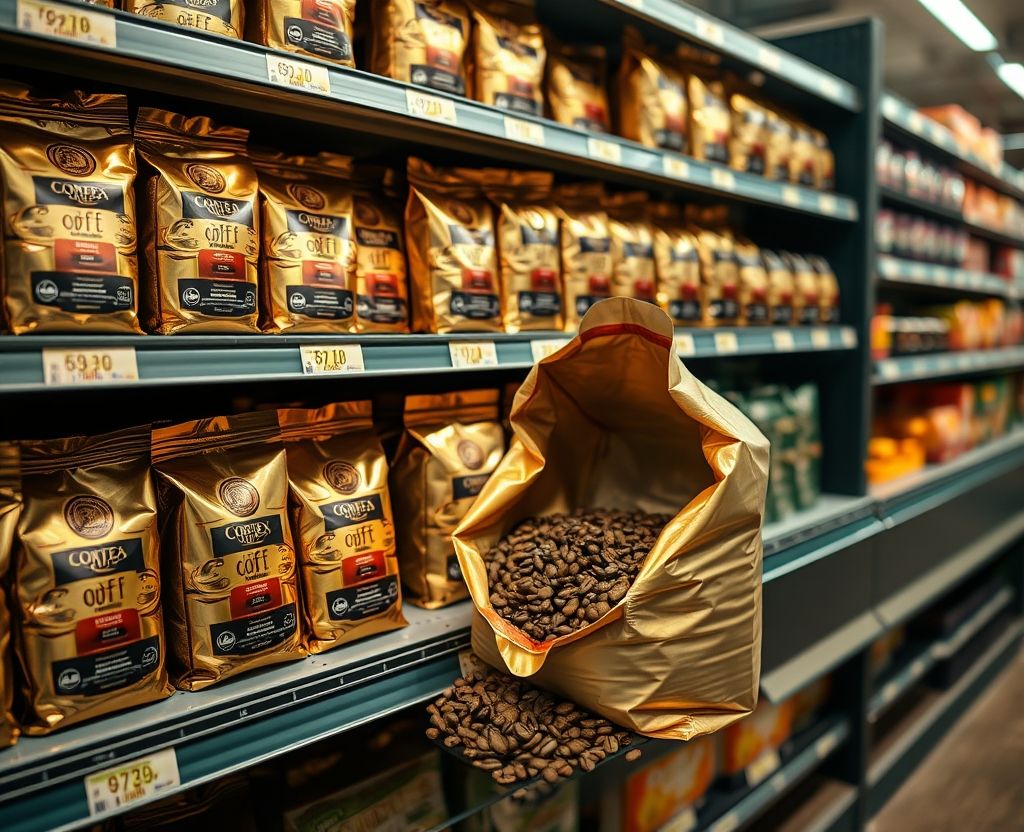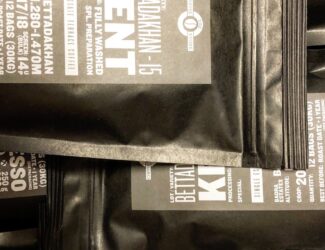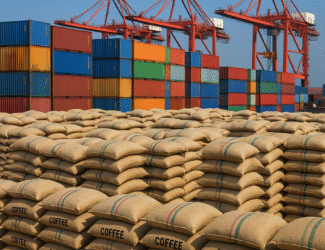
12 Common Mistakes When Buying Whole-Bean Coffee — Are You Making Them Too?
As specialty coffee culture continues to grow across the region, many coffee lovers—beginners and seasoned drinkers alike—still fall into common traps when buying whole-bean coffee. These small mistakes can lead to disappointing brews, wasted money, and mornings that feel just a little less magical.
Here are 12 of the most frequent mistakes coffee experts see—and how to avoid them:
1. Being Seduced by Fancy Packaging
Elegant fonts, gold lettering, “Italian roast” claims, and “Premium” labels might look appealing—but they don’t guarantee quality. Experts suggest ignoring the design and focusing instead on meaningful information like roast date, bean variety, and origin.
2. Buying in Bulk for Long-Term Use
It might seem convenient or economical to buy a full kilo at once, but coffee loses its flavor fast after opening. Ideally, buy 200–250g at a time and consume within four weeks. Smaller, fresher batches always taste better.
3. Ignoring the Roast Date
Unlike wine, coffee doesn’t improve with age. Its peak flavor emerges between two to four weeks after roasting. If the packaging has no roast date—or it’s older than a month—look for another option.
4. Overlooking Bean Origin and Variety
Each origin offers unique flavor notes. Ethiopian beans often feature floral and fruity tones, while Colombian coffee leans toward caramel and cocoa. And then there’s Yemeni coffee—one of the oldest and rarest in the world—known for its complex profile of dried fruit, dark chocolate, spice, and even tobacco or leather. Its flavor is shaped by ancient dry-processing methods and high-altitude terraced farms in regions like Haraz and Bani Matar. Exploring different origins helps refine your palate and deepen your coffee experience.
5. Not Asking for Expert Advice
Baristas and staff at specialty coffee shops are often deeply passionate and knowledgeable. Don’t hesitate to ask for recommendations—especially if you’re brewing with specific methods like pour-over or espresso. A single suggestion could lead you to your next favorite cup.
6. Settling for Pre-Ground Coffee
Ground coffee loses aroma within minutes. Experts say that freshly grinding your beans right before brewing can account for up to 70% of the cup’s flavor. If you own a grinder, you’re already halfway to café-quality coffee at home.
7. Forgetting About the Water
Even the best beans can taste dull or off if brewed with poor-quality water. Tap water with chlorine or limescale can distort flavor. Filtered or low-mineral bottled water is ideal—it can elevate your coffee significantly.
8. Choosing the Wrong Roast Level
Light roasts highlight acidity and fruitiness—great for pour-overs. Medium roasts offer balance, while dark roasts tend to be bitter and smoky, working well in milk-based drinks. Matching roast level with your brew method and taste preference is key.
9. Using the Wrong Beans for the Wrong Method
Espresso requires different bean profiles than filter coffee. A blend that shines in a moka pot might fall flat in a Chemex. Always choose beans labeled or recommended for your brewing style.
10. Underestimating the Value of “Specialty” Coffee
Some dismiss the term “specialty” as just branding—but it’s a formal classification. Beans scoring 80+ points on the Specialty Coffee Association (SCA) scale undergo rigorous quality control and grading. The difference in taste and transparency is real.
11. Storing Coffee Incorrectly
Don’t store coffee in the fridge, near heat, or in clear containers. Coffee needs a dark, dry, and airtight environment—away from light, air, moisture, and odors. A vacuum-sealed or opaque canister in a cool cupboard works best.
12. Confusing Bitterness or Smokiness with Quality
A bitter or overly roasted flavor doesn’t always mean “strong” or “authentic.” In many cases, it’s the result of over-roasting, which masks the bean’s natural character. Great coffee should offer clarity, balance, and complexity—not just burn.
Final Thought
Choosing good coffee doesn’t require years of training—just a little attention to detail. Every small adjustment—checking the roast date, grinding fresh, understanding origin—can transform your daily brew from ordinary to exceptional.
Have you made any of these mistakes? Or do you have a go-to tip or secret for buying great beans? Share it with the coffee community—you might just inspire someone’s perfect cup tomorrow morning.






